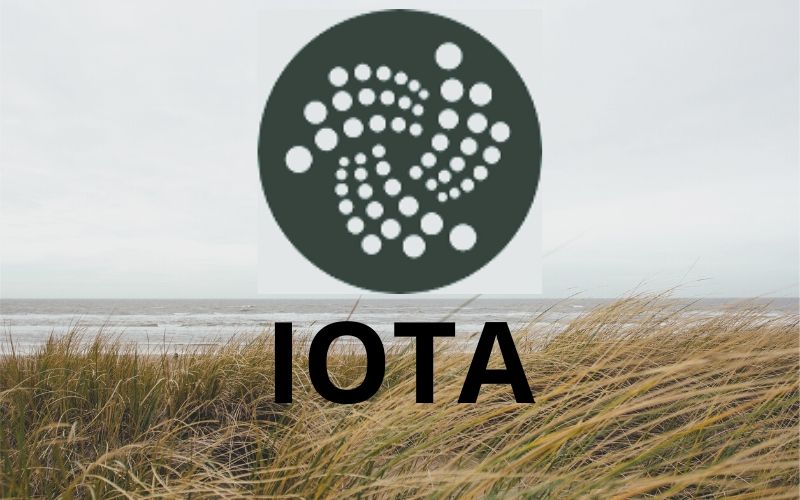Obviously, the first and largest cryptocurrency by market capitalization Bitcoin consumes lots of energy in the course of mining and transaction.
The energy consumption of the digital currency was recently compared to the transaction on IOTA Tangle, and the outcome showed a wide margin.
A Twitter user identified as ReneW shared the information he said was revealed by Digiconomist, a channel that exposes the unintended consequences of digital trends.
According to the tweet shared by ReneD, the transaction of 1 Bitcoin (BTC) consumes 637.1kWh of electrical energy, while IOTA token uses at most 0.112kWh.
Conclusively, he said IOTA Tangle is capable of 5.6 million transactions using the same energy that powers 1 BTC transaction.
He said, “As of today, one BTC-Transaction consumes 637.1kWh of electrical energy. IOTA uses ~0.112kWh or less per transaction (tx). So for the energy used for one BTC tx you are able to do 5.600.000, 5.6 million tx on the tangle.”
As of today, one BTC-Transaction consumes 637.1kWh of electrical energy.#IOTA uses ~0.112kWh or less per transaction (tx).
So for the energy used for one #BTC tx you are able to do 5.600.000, 5.6 million tx on the tangle.#IOTAstrong #BTCisaDinosaur
Source: @DigiEconomist pic.twitter.com/tp8ONiBeXF
— renew (@renewid) January 26, 2020
What Does IOTA Tangle Imply?
The data structure at the heart of IOTA is termed as the Tangle, and it was first presented in the Tangle whitepaper. Instead of storing its ledger on a blockchain, IOTA uses DAG for better scalability.
A blockchain has a designated transaction rate due to the agreement on the longest chain by all users, which brings about the discard of forks and side branches.
But Tangle proves otherwise in this regard. It gives room to different branches of the DAG to merge in the long run, resulting in much faster overall throughput.

What about Nano ?
BTC is long now a store of value rather than a currency to execute transactions. This reality will only get more pronounced as the 21 million BTC cap approaches.